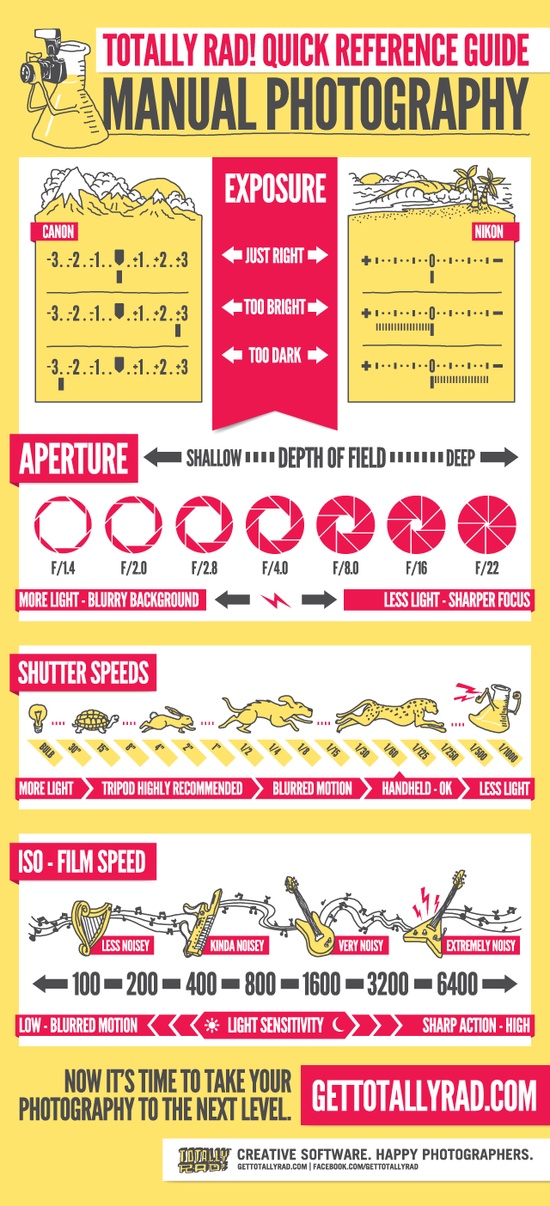Transform Your Photography By Understanding Lighting Methods That Can Raise Your Images-- Find The Common Mistakes That Could Be Holding You Back
Transform Your Photography By Understanding Lighting Methods That Can Raise Your Images-- Find The Common Mistakes That Could Be Holding You Back
Blog Article
Article Writer-Beck Brady
As a professional photographer, you understand that illumination can make or break your pictures. Recognizing the nuances of both all-natural and artificial light is important for recording the state of mind and quality you aim for in your job. Whether you're going after the ideal gold hour radiance or tweak your man-made arrangements, understanding these aspects can elevate your digital photography considerably. But there prevail risks that lots of neglect, and recognizing them can transform your approach to every shoot. Allow's discover what you might be missing out on and just how it can impact your results.
Understanding Natural Light
Comprehending natural light is critical for any kind of professional photographer wanting to enhance their job. It's the structure of fantastic photography, influencing mood, tone, and clearness. When you fire outdoors, focus on the time of day. The gold hour-- shortly after dawn and before sundown-- supplies soft, warm light that can transform average scenes right into sensational photos.
Do not underestimate the power of cloudy days. Cloud cover diffuses sunshine, producing a soft, also light that's perfect for portraits and macro photography. You'll find shades appear this kind of lights without extreme shadows.
Positioning matters, too. Constantly consider your subject's positioning to the source of light. If the sun's behind your subject, you may wind up with a shape, which can be significant but mightn't be what you want. On professional pictures near me , straight sunshine can create uncomplimentary shadows.
Explore angles; in some cases, changing your perspective can produce incredible outcomes. Use all-natural reflectors, like water or sand, to bounce light onto your topic, including dimension.
Mastering Artificial Light
Understanding fabricated light is crucial for professional photographers that want to take their skills to the next degree. Whether you're making use of speedlights, workshop strobes, or continuous lights, understanding exactly how to adjust these sources can significantly enhance your photos.
Begin by familiarizing on your own with the fundamentals of light top quality, direction, and color temperature level. Explore various modifiers like softboxes, umbrellas, or grids to control the gentleness or violence of the light.
You'll find that soft light often produces lovely outcomes, while harsher light can include dramatization and deepness. Don't avoid shadows; they can improve the three-dimensionality of your subjects.
Pay very close attention to the placement of your lights. linked resource site located too near to your subject can develop unflattering results, while as well far can cause a lack of information. Utilize a light meter or your cam's pie chart to ensure you're exposing properly.
Lastly, remember that fabricated light can be combined with ambient light for innovative impacts. Balancing these resources could take practice, once you master it, your photography will truly beam.
Strategies for Various Situations
When you step into various capturing scenarios, adapting your illumination techniques is important for recording the best photos. For outdoor pictures, make use of the gold hour-- early morning or late afternoon light-- to soften shadows and improve skin tones.
If it's a severe lunchtime sunlight, consider utilizing a reflector to jump light back onto your topic or look for shaded locations for a much more even exposure.
In low-light circumstances, like interior occasions, increase your ISO and make use of a wide aperture to let in more light. A tripod can aid eliminate electronic camera shake, allowing for longer direct exposures without blurring.
If you're contending night, experiment with off-camera flash to develop dynamic illumination and deepness in your images.
For product digital photography, make use of diffused lights to stay clear of severe reflections. Softboxes or light tents can aid attain this effect.
When photographing landscapes, think about the instructions of light and time of day, as it can significantly change the state of mind of your shot.
Always be ready to adjust your setups and positioning based upon the circumstance, as versatility is crucial to understanding lighting in digital photography.
Final thought
To conclude, understanding lighting is vital to elevating your digital photography skills. Welcome all-natural light's elegance during golden hour, and don't shy away from experimenting with fabricated light strategies. By adjusting your approach to different situations, you'll catch stunning images that reverberate with feeling and clarity. Remember, the right lighting can transform an ordinary shot into something amazing, so maintain exercising and improving your understanding of both natural and man-made light. Pleased capturing!
